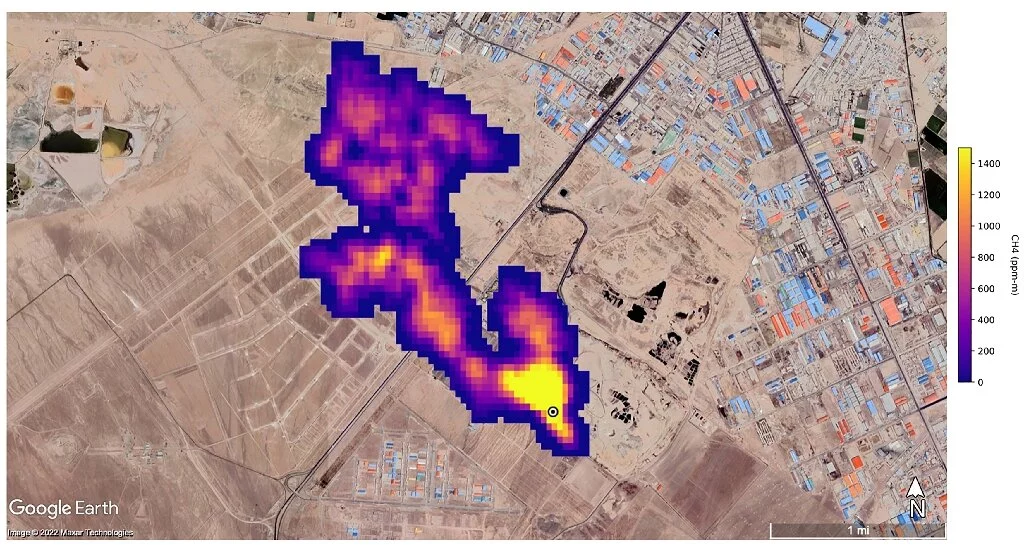Scientists at NASA have found 50+ spots around the world emitting high levels of methane gas, a potent greenhouse gas. This could be very helpful in combating climate change.
NASA Administrator Bill Nelson said that reducing methane emissions is key to limiting global warming. Due to the recent increase in methane gas, researchers are having a hard time pinpointing where leaks are coming from. But thanks to this new development, they will be able to identify them and provide insight on how to stop them.
NASA developed a new instrument, Earth Surface Mineral Dust Source Investigation (EMIT), that can measure dust particles and their effects on the atmosphere. They say it’s important to understand dust because it can have a big impact on climate.
EMIT was installed on the ISS in July and can examine a large area at once. But it’s recently shown the ability to detect methane as well.
NASA has recognized 50 “super-emitters” of methane gas in the Middle East, the Southwestern US, and Central Asia. Half of these are connected to the fossil-fuel sector, while others are associated with waste or agriculture.
Out of all the greenhouse gases that contribute to global warming, methane is thought to contribute about 30%. Methane is not as abundant in the atmosphere as CO2. However, it’s more potent over a 20-year time frame, becoming 80 times more potent over that period.
Methane only lingers in the atmosphere for a decade, unlike CO2, which sticks around much longer, meaning a sharp reduction in emissions could substantially curb global warming by mid-century. UNEP claims this will be instrumental in achieving the goals put forth by the Paris Agreement to keep that increase to 1.5 degrees Celsius rather than 2 degrees Celsius.
NASA detected a methane plume about two miles (3.3 km) long in New Mexico, southeast of Carlsbad, and one that is at least three miles (4.8 km) long near Tehran from a waste-processing complex.
Further, 12 plumes were recognized in Turkmenistan, in the easternmost part of the Caspian Sea port city of Hazar. Many of these super-emitters have been known about for years, but this is the foremost moment they’ve been detected and quantified from space. The researchers say this new tool could revolutionize our understanding and management of methane emissions.
Furthermore, to tackle the climate change crisis, the United Nations has set the goal to reduce methane emissions by 45% by 2030. This new development will help researchers achieve that target.
Such developments in the field of science and technology give the earth a chance to face the issues like global warming, coal depletion, water scarcity, and more.
The data provided by the EMIT can be a big game changer in the lives of people, and it can ensure that the future generation has a sustainable and proper future.












